USA
MIAMI
Santiago Tobon
stobon@smdigitalpartners.com
US Headquarters
Congress Commerce Center
601 N. Congress Avenue
Delray Beach, FL 33445
Go To Market Programs are designed specifically for your company, product, service or brand. Bringing your ideas to market require industry experience, a tight budget control and a constant timeline supervision.
If your goal is to launch a new startup, need proof of concept or simply want to get to market effectively (without breaking the bank) you may be in need of a Marketing Agency.
Capable of designing custom Go-to-Market Pilot Programs, agencies employ Digital Professionals and Account Managers to develop a strategy, stand up your product or service online, and help you translate your vision into a real business with results.
All for a lot less than you probably think. Give us a holler – we’d love to hear about your idea.
Pilot Programs create a lasting first impression and drive your prospects awareness to interact with your product or company. A team of experienced digital strategists can work with you and your team to gauge your market, your competitors and your product or service before suggesting the digital channels and methods to marketing them.
This research and preparation helps to ensure that you are introducing your new idea through to the right audience, at the right time and with the most effective use of your marketing spend. A good “Partner team” will also help identify the potential roadblocks, unrealized opportunities, set important deadlines and milestones.
Preparation and processes cover the following critical planning and strategic considerations to help you and your company prepare for success:
When launching a new product or service, enter a new market, or doing both, having an excellent marketing plan is crucial for your success.
A good go-to-market plan should be composed of five main layers:
1 – the product strategy
2 – the promotion strategy
3 – the channel strategy
4 – the marketing strategy
5 – the customer experience strategy
Before we get into each one of those layers, let’s go over some preliminary remarks

Thousands upon thousands of products are launched every day. Unfortunately, thousands of products fail every day. The reasons are multiple: “the market wasn’t ready”, “the product was too expensive”, “the demand was simply not there” or “the product doesn’t solve an important problem”. A good go-to-market plan can help you avoid these common problems and make your product a winner in the market. Here’s how a go-to-market plan helps:
Here are some questions you should use to understand your customers and their interest in the new product:
The closest you get to your customers and the more feedback you get, the more likely it is that your new product will be a success.
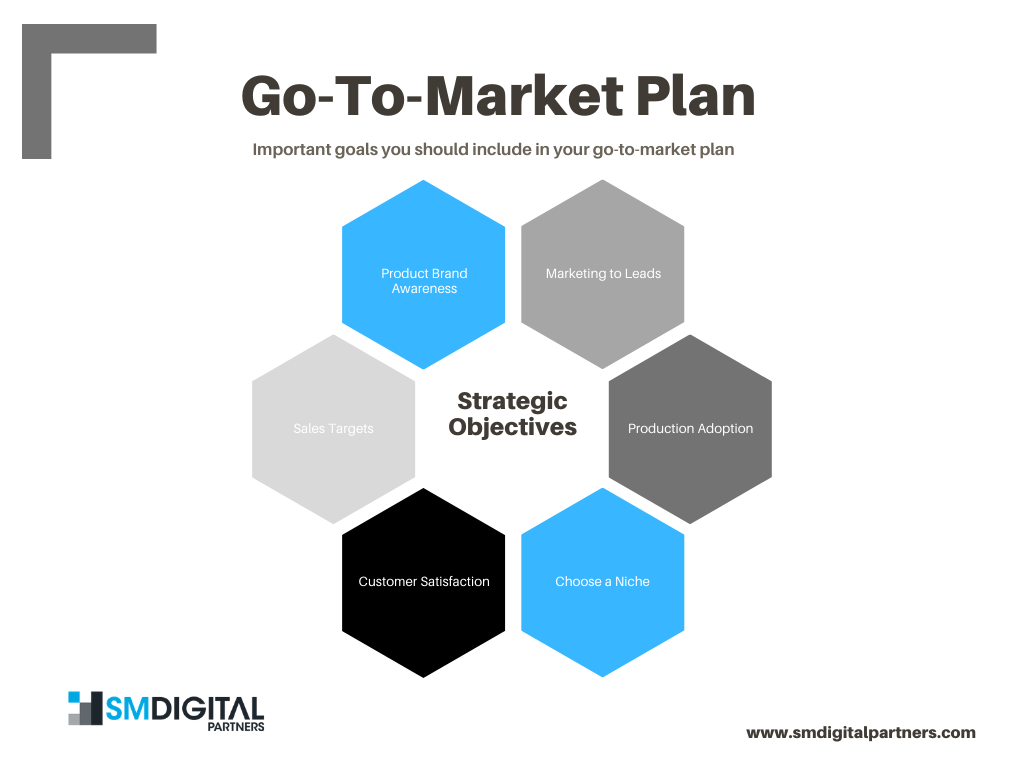
Here are some important goals you should include in your go-to-market plan:
An important part of your go-to-market plan is the product-problem fit. This refers to your customers’ problems and how your product addresses them (and solves them).
Here’s what you should focus on:
A good marketing slogan works for a large chunk of the market, but it won’t work for everyone. The message will resonate with a segment of your audience, but some people will want something else. This is normal – people have different interests, needs, and values, so they respond differently to marketing messages. Segmentation is an essential technique in marketing. It divides the audience to reflect their specific characteristics that can influence the buying decisions. Segmentation divides the audience based on their needs, values, interests, and behavioral characteristics. Strategies are implemented based on these factors, in order to improve the marketing plan. Here are some of the most important factors to include in your go-to-market plan:
After you successfully identified the market segments you should focus on, it’s time to probe into them deeper. Try to prioritize the most important segments. Also, determine how you can communicate better with each segment and understand their interests or attitude. Here’s what you should focus on:
To make sure your product has a competitive advantage in the new market, you’ll have to create a competitor profile. Gather as much data as you can in order to create a comprehensive profile. Try to include:
Once you collected the data, try to understand how other entities will compete in the market. Here are Porter’s five forces that will help you determine this:
When you launch a new product or service, enter a new market, or doing both, your go-to-market plan is the most important thing if you want success.
A company’s marketing plan is the broad document that brings together all marketing strategies and initiatives, as well as your overall goals and objectives. However, the go-to-market plan is the more focused plan, and it is developed specifically for that particular product or market.
A general marketing plan includes virtually everything related to your company’s marketing strategy. All your products and services are included in the plan, your main goals, and objectives, major initiatives, and strategies employed during the plan. It includes ample details about public relations, digital marketing, event planning, promotions, and direct sales.
On the other hand, the go-to-market plan is focused on a specific product and how that product can be launched in the new market. It includes details about your internal resources, the sales forces, as well as external resources and distribution channels. The go-to-market plan brings value to your general marketing plan, it builds a unique experience for customers and makes you more competitive.
Here are the main benefits of a good go-to-market plan:
The go-to-market plan will have the following parts:
Customer experience strategy – this provides details about the customer’s journey, from initial awareness to activation, purchase, renewal, repurchase, cancellation, or referral.
The channel strategy is focused on educating your customers about the product and what can it do for them. It helps you sell the products directly to customers.
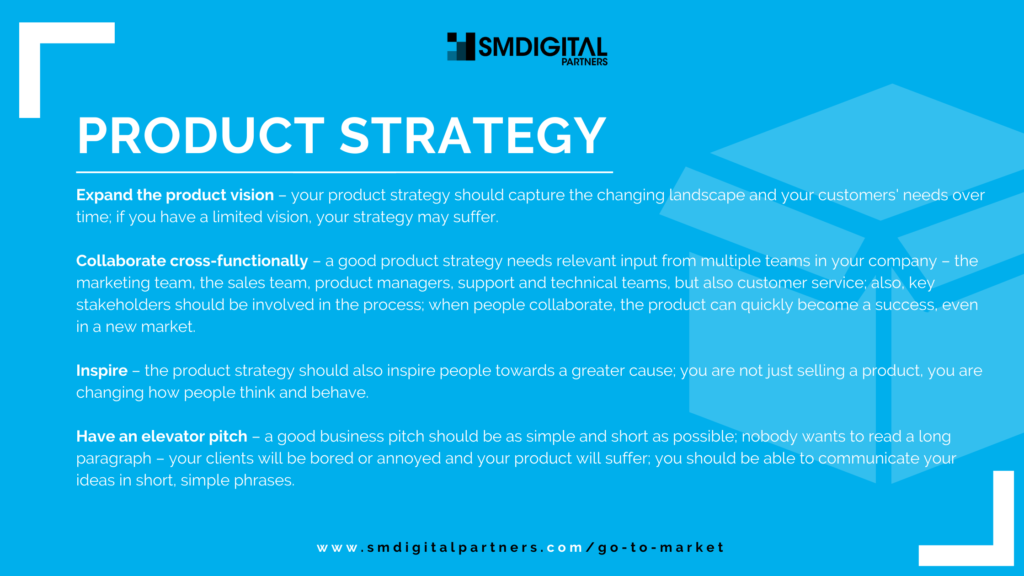 Product Strategy
Product Strategy
The pricing strategy is a direct reflection of the information you gathered during the previous phases. It's the result of the data you gathered about the market, the buyers, and the competitors that are already active in the industry.
The pricing strategy is a direct reflection of the information you gathered during the previous phases. It’s the result of the data you gathered about the market, the buyers, and the competitors that are already active in the industry. Here are some important pricing strategies to consider:

Creating a feedback loop is important for your go-to-market plan. This helps you gauge how customers are really feeling about your new product. You can achieve this feedback loop either directly or via various support systems. Let’s take a closer look:
Try to create a special promotion during the product launch. Every good product should have an attractive promotion to capture the early buyers – the people who cannot resist making the purchase. Here’s what to do:
Good customer communication is critical when you launch a new product. The people who regularly interact directly with customers, such as the salespeople, support teams, or customer service, have to know how to present the product and make it more attractive. These teams of people interact daily with potential customers, so they know important details about the product and how customers see it. For instance, frontline employees interact with customers who openly share complaints or praise. These frontline employees should be part of your go-to-market plan because they interact directly with customers.
How should you handle frontline interaction in your company? The key to good frontline communication is building good customer advocacy. This is achieved by better internal communication, especially among different teams or departments. The frontline employees must be involved and trained on your general product strategy. Everyone should get involved in all development phases, take part in the marketing strategy and brainstorm new ideas.
To make sure your frontline is prepared for a new product launch, you should include a frontline-ready checklist in your go-to-market plan. When your frontline employees are ready, they will:
An engaged, empowered frontline team understands how important customer feedback is. The frontline team should report or share the information it receives with other teams involved in the product development or marketing strategy. When the communication with the frontline teams is poor, the product strategy will suffer and your launch may be compromised.
The channel strategy is focused on educating your customers about the product and what can it do for them. It helps you sell the products directly to customers.
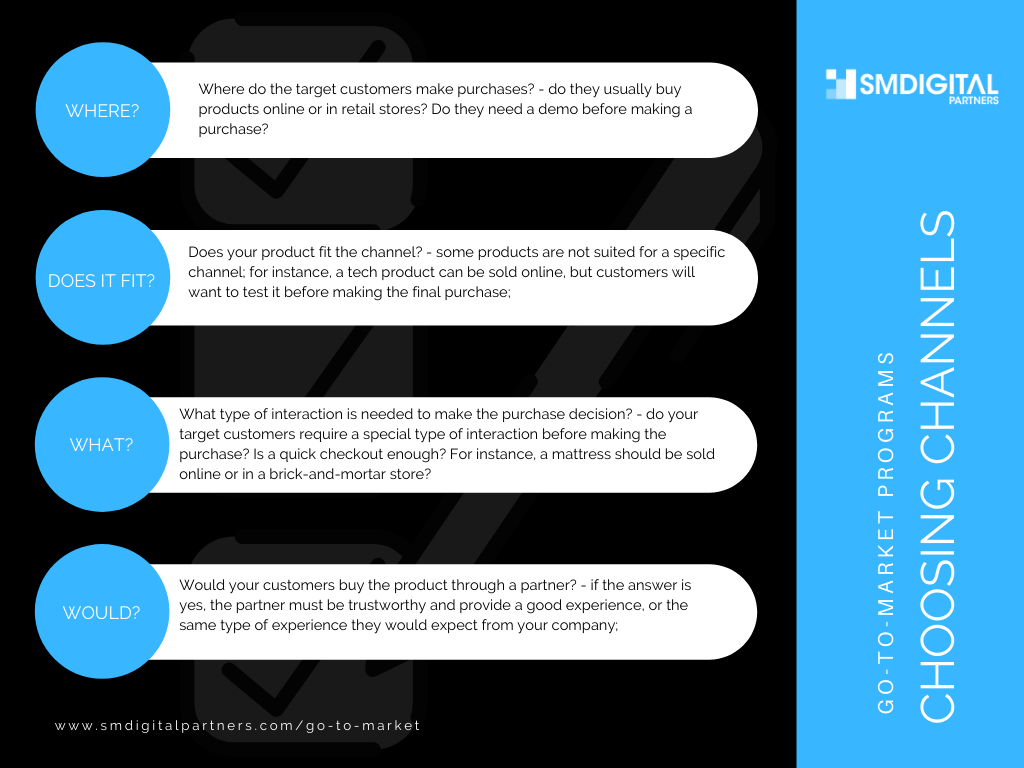
The channel strategy is focused on educating your customers about the product and what can it do for them. It helps you sell the products directly to customers.
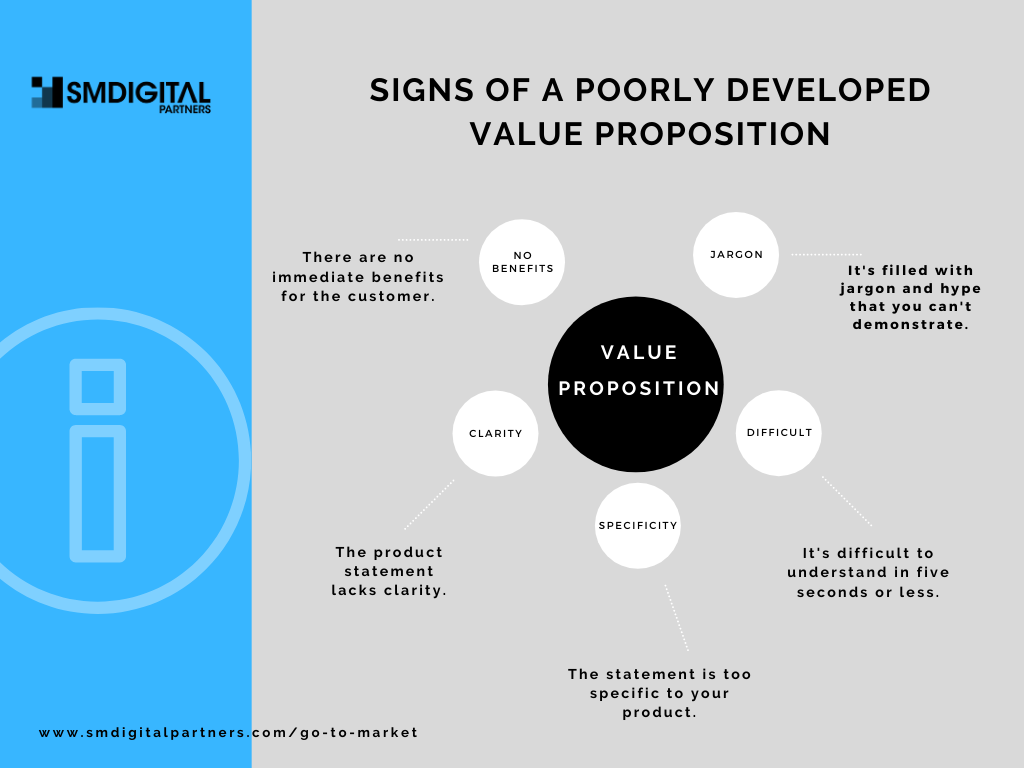 Here are some signs of a poorly developed value proposition:
Here are some signs of a poorly developed value proposition:
When you launch a new product you need a few basic KPIs in order to keep track of what's happening. This will help you see how the product is doing and how to adapt your strategy.
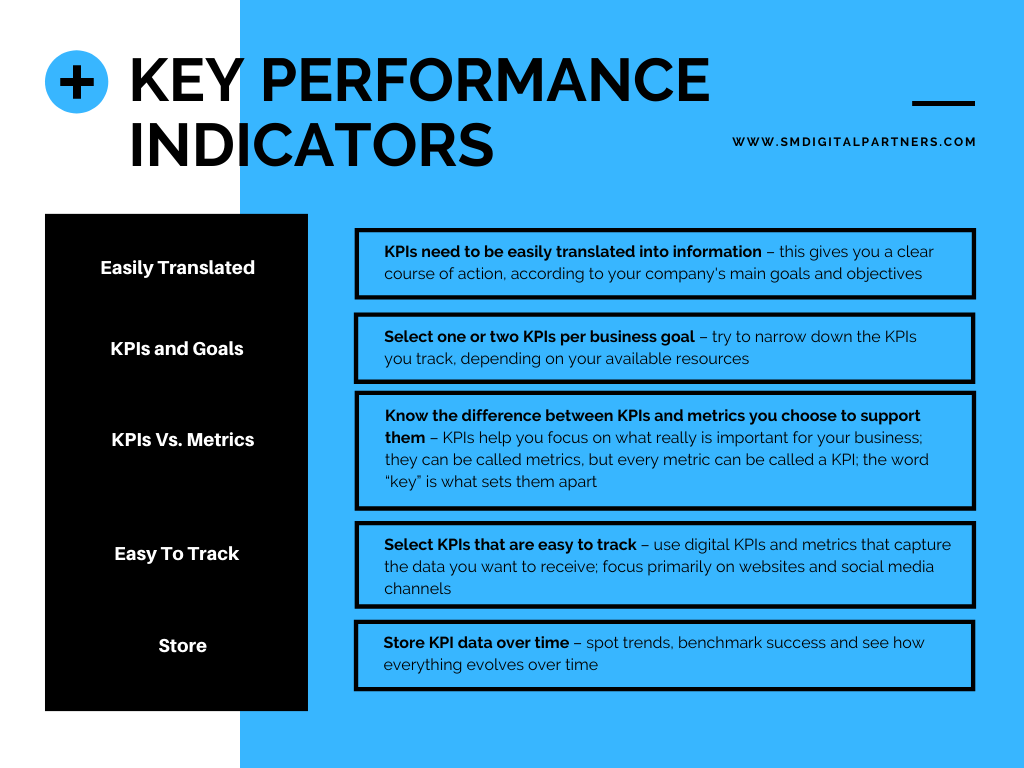

Want to learn more about how smdigital can help?
Complete the brief form below, and one of our digital experts will reach out to you shortly.

At SMDigital, it’s all about our people, our passion, and performance for our clients! See what we can do for you!
Monday – Friday 9:00AM – 6:00PM, EST
Saturday – Sunday: Closed
Santiago Tobon
stobon@smdigitalpartners.com
US Headquarters
Congress Commerce Center
601 N. Congress Avenue
Delray Beach, FL 33445
Julián Arroyave
jarroyave@smdigital.com.co
Carrera 42 #14 – 11 Piso 5
Edificio Castropol Plaza
Medellin, Colombia S.A.
Grace Bautista
talent@smdigitalusa.com
Jose Maria del Mar St.,
cor. Abad St., Cebu IT Park,
Cebu City 6000, Philippines
Santiago Tobon
stobon@smdigitalpartners.com
US Headquarters
Congress Commerce Center
601 N. Congress Avenue
Delray Beach, FL 33445
Julián Arroyave
jarroyave@smdigital.com.co
Carrera 42 #14 – 11 Piso 5
Edificio Castropol Plaza
Medellin, Colombia S.A.
Grace Bautista
talent@smdigitalusa.com
Jose Maria del Mar St.,
cor. Abad St., Cebu IT Park,
Cebu City 6000, Philippines

At SMDigital, it’s all about our people, our passion, and performance for our clients! See what we can do for you!
Feel free to contact me, and I will be more than happy to answer all of your questions.
Schedule a 30-minute discussion with one of our digital experts. We’ll listen to your challenges and tell you if we can help.